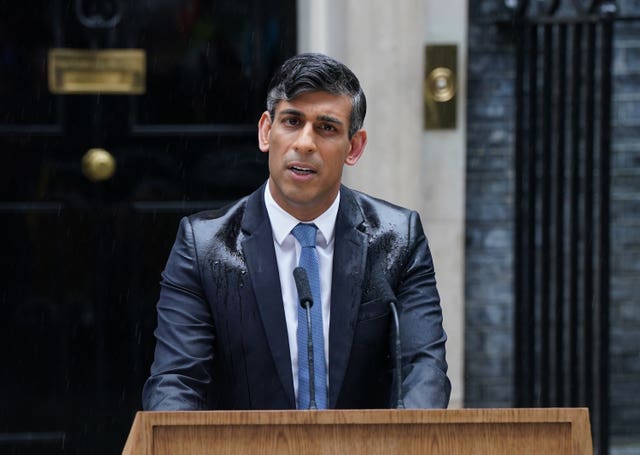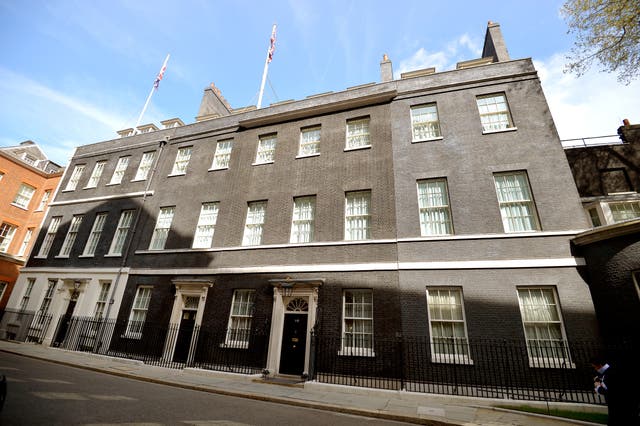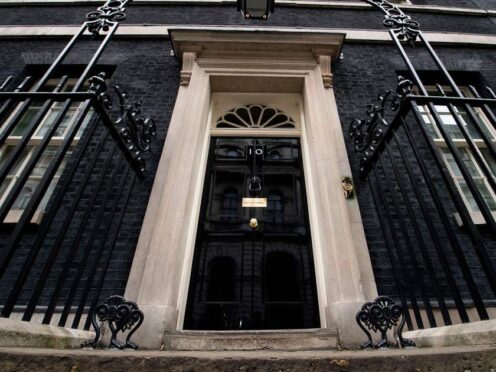If polls are to be believed, the General Election will result in a Labour victory, ending the party’s 14-year hiatus from power.
It would be only the fourth change of governing party in half a century.
Here the PA news agency looks at how the transition would unfold.
– Friday July 5
Changes of government occur at dizzying speed.
After the election results return the winner overnight, the victorious party enters No 10 the following morning.

The defeated party’s leader typically steps out onto Downing Street to make a farewell statement, before being driven to Buckingham Palace for an audience with the King to formally tender their resignation.
Then, it is the prime minister-elect’s turn to go and see the monarch, where they are formally appointed and asked to form an administration.
They head to Downing Street to address the nation for the first time as prime minister – usually at about lunchtime.
It is customary for the newcomer to be greeted by the Cabinet Secretary and Principal Private Secretary at the door of No 10, before being clapped in by staff lining the corridor.
The real business of government begins with security and intelligence briefings from civil servants, including on the nuclear deterrent.
The new prime minister is handed the nuclear codes and writes “letters of last resort” to commanders of submarines carrying Trident nuclear missiles with secret orders on what to do if the Government has been wiped out in a nuclear attack.

This intensive induction into prime ministerial duties has to be fitted alongside key political decisions, including appointing the government, typically starting with the cabinet.
This is one of the most visible parts of a change of government, with ministers walking in and out of No 10 in front of the rolling cameras outside.
Congratulatory calls from world leaders also start flooding in, with the Foreign, Commonwealth and Development Office providing briefings to ensure none of these conversations are wasted.
Personal decisions such as the new prime minister’s moving-in and living arrangements also have to be taken.
Meanwhile, new MPs are expected to arrive in Parliament from Friday morning, with House of Commons officials ready to brief them on their role, advise on parliamentary procedure and etiquette, and help them navigate the estate over the weekend and beyond.
– Weekend of July 6-7
Appointments of junior ministers are likely to continue, as are calls from leaders across the globe and first ministers of the devolved nations.
Legislative priorities and immediate diary questions, such as the timing of the first cabinet meeting and of any major policy announcements, need to be worked out.
The prime minister’s chief of staff will likely be involved in decisions about how the prime minister will work, how the centre of government will be set up and their schedule for the first few days – some of which will have been agreed in access talks.

– Tuesday July 9
The new Parliament is summoned to meet and the first business is to choose a Commons Speaker.
Congratulating the speaker is the prime minister’s first opportunity to speak at the despatch box in their new role.
Swearing-in of MPs and peers could begin on the same day or the next and continues for several days.
– Wednesday July 17
The King presides over the pageantry of the State Opening of Parliament, marking the formal start of the new parliamentary session at the Palace of Westminster.
A key component of the ceremony is the King’s Speech, where the government’s legislative programme for the coming session is set out.
No substantive parliamentary business can typically take place until after the speech is delivered. It is debated and voted on in the following days.
